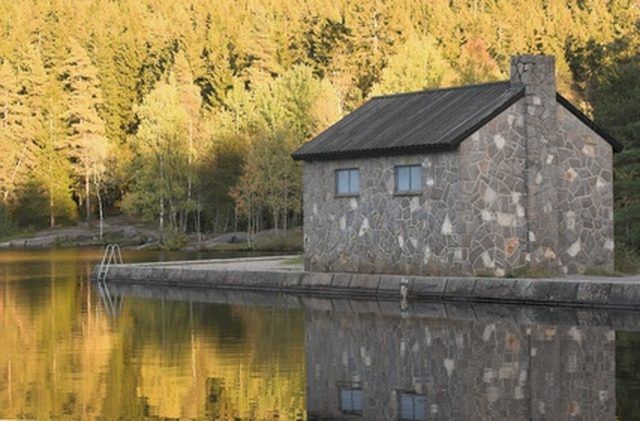Bulbs
Flower Basics
Flower Beds & Specialty Gardens
Flower Garden
Garden Furniture
Garden Gnomes
Garden Seeds
Garden Sheds
Garden Statues
Garden Tools & Supplies
Gardening Basics
Green & Organic
Groundcovers & Vines
Growing Annuals
Growing Basil
Growing Beans
Growing Berries
Growing Blueberries
Growing Cactus
Growing Corn
Growing Cotton
Growing Edibles
Growing Flowers
Growing Garlic
Growing Grapes
Growing Grass
Growing Herbs
Growing Jasmine
Growing Mint
Growing Mushrooms
Orchids
Growing Peanuts
Growing Perennials
Growing Plants
Growing Rosemary
Growing Roses
Growing Strawberries
Growing Sunflowers
Growing Thyme
Growing Tomatoes
Growing Tulips
Growing Vegetables
Herb Basics
Herb Garden
Indoor Growing
Landscaping Basics
Landscaping Patios
Landscaping Plants
Landscaping Shrubs
Landscaping Trees
Landscaping Walks & Pathways
Lawn Basics
Lawn Maintenance
Lawn Mowers
Lawn Ornaments
Lawn Planting
Lawn Tools
Outdoor Growing
Overall Landscape Planning
Pests, Weeds & Problems
Plant Basics
Rock Garden
Rose Garden
Shrubs
Soil
Specialty Gardens
Trees
Vegetable Garden
Yard Maintenance
Different Styles of Decorative Stones for a House
Different Styles of Decorative Stones for a House. Using stone to decorate your home can give it a rich and earthy feel that is particularly appropriate for homes along mountain ranges or in wooded areas. There are several different styles of decorative stone that you can use on or in your house. The most expensive style is natural stone. Some...

Using stone to decorate your home can give it a rich and earthy feel that is particularly appropriate for homes along mountain ranges or in wooded areas. There are several different styles of decorative stone that you can use on or in your house. The most expensive style is natural stone. Some manufacturers make natural thin veneer stones that are cheaper than natural stones. Cultured stone is the cheapest option for homeowners as it is made from concrete and natural aggregates.
Cultured Stone
Cultured stone is a lightweight, cheap faux stone that builders use to cover the outside of a home. Because the stone is lightweight, it cuts the cost of installation and building. The average weight of cultured stone is 8 to 12 pounds, and the average thickness is 1? inches. Manufacturers make the stone by covering molded plastic with a combination of cement, soil and natural coloring. This creates the appearance of real stone. Because it is made of concrete, cultured stone is as durable as homes made of brick or concrete. You can use cultured stone inside or outside your home. You cannot clean cultured stone with power washers or wire brushes. Poor quality cultured stone is sprayed with low-quality paints that may wash off in the rain.
Honeycomb Limestone
Limestone is a relatively soft stone that wears down over time. Manufacturers sell honeycomb limestone for landscaping purposes. Honeycomb limestone has circular holes in its surfaces that make it look as if they were worn down from dripped water. This is a unique type of decorative stone.
Natural Thin Veneer
Natural thin veneer is a very thin layer of natural stones that is placed over the frame of a house. While it still has some of the durability of natural stone, thin veneer is lighter and less expensive. Homebuilders can also install the stone faster than natural stone. Thin veneer ranges from 1 to 1 ? inches thick while natural stone is generally 3 to 5 inches thick. Natural thin veneers have the same color range and options as natural stone and will save you money on installation and transportation.
River Rock
River rocks are natural rocks that have been shaped and smoothed by running water. Homeowners can cover their home, fireplace or mantles in river rocks. They can also use river pebbles to cover backsplashes, pave driveways or cover flowerbeds in ornamental gardens.
Natural Stone
Using natural stone to build or decorate a home is one of the oldest home building techniques. Manufacturers quarry natural stones from the ground and then process them so that they are able to go in or on your home. Processing shapes and polishes the stones so that they will be easier to use and will have a more consistent appearance. You can clean natural stone in a variety of ways and do not need to worry about its color fading. Natural stone is expensive, and stone homes require special building techniques that may be more expensive.